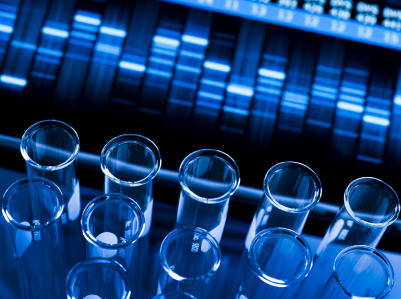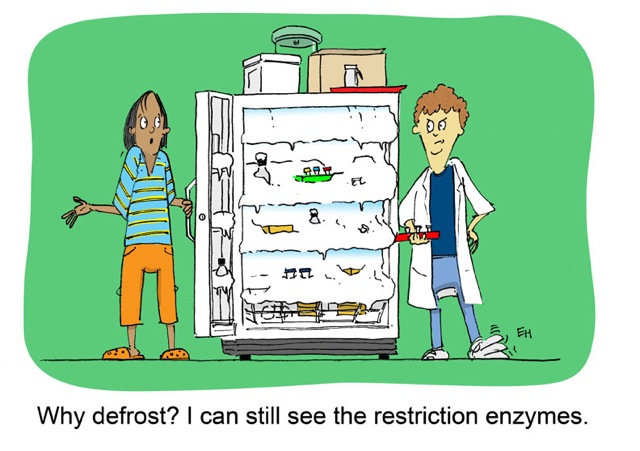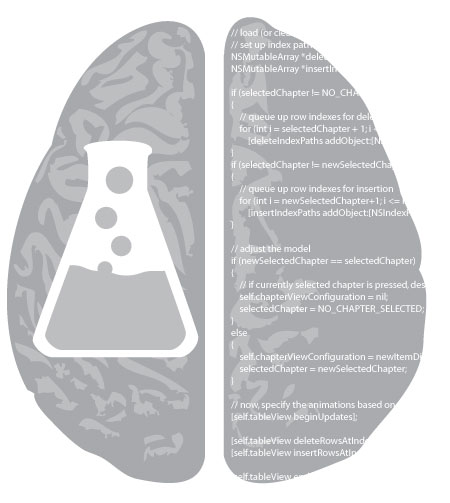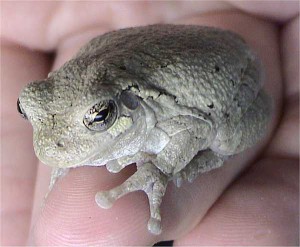Research studies and novel discoveries continually reshape our understanding of the natural world, often refining—and sometimes contesting—prevailing scientific theories. While this influx of new information is important for expanding knowledge, it can also give rise to myths and misconceptions stemming from biases, media misrepresentations and overgeneralizations. In this blog, we’ll explore misconceptions that blur the lines between fact and fiction, some scientific myths that just won’t go die and theories that scientists can’t stop debating.
Humans Only Use 10% of Their Brain
This myth, frequently perpetuated through movies like Lucy with Scarlett Johansson and Limitless with Bradely Cooper, has ambiguous roots. Some attribute this pseudoscience to Albert Einstein, despite no recorded record of such a claim, while others associate it with a misinterpretation of William James and his “Reserve Energy Theory” (8).
Continue reading “Myths, Misconceptions and Debated Theories in Biology”




